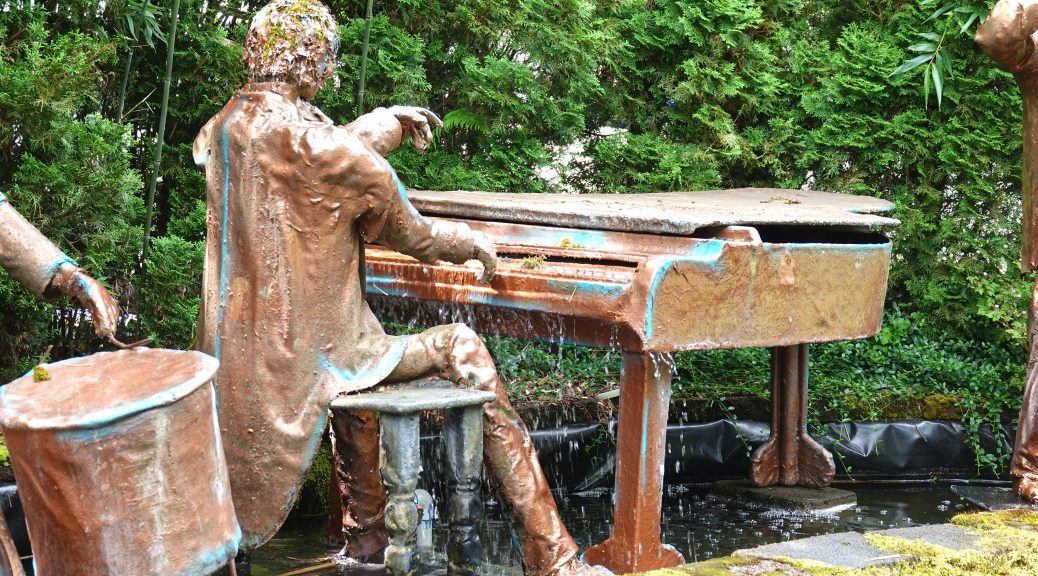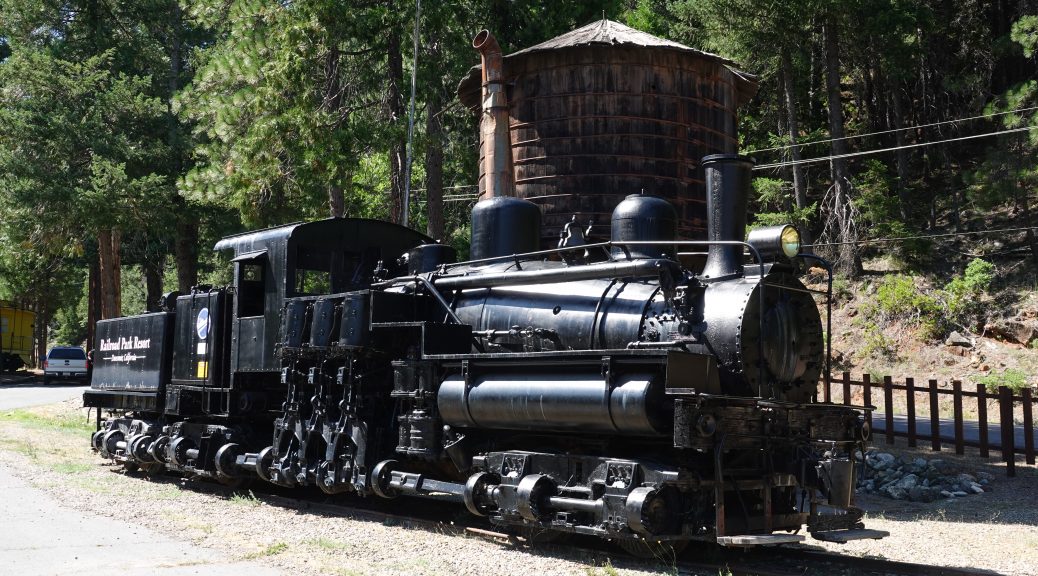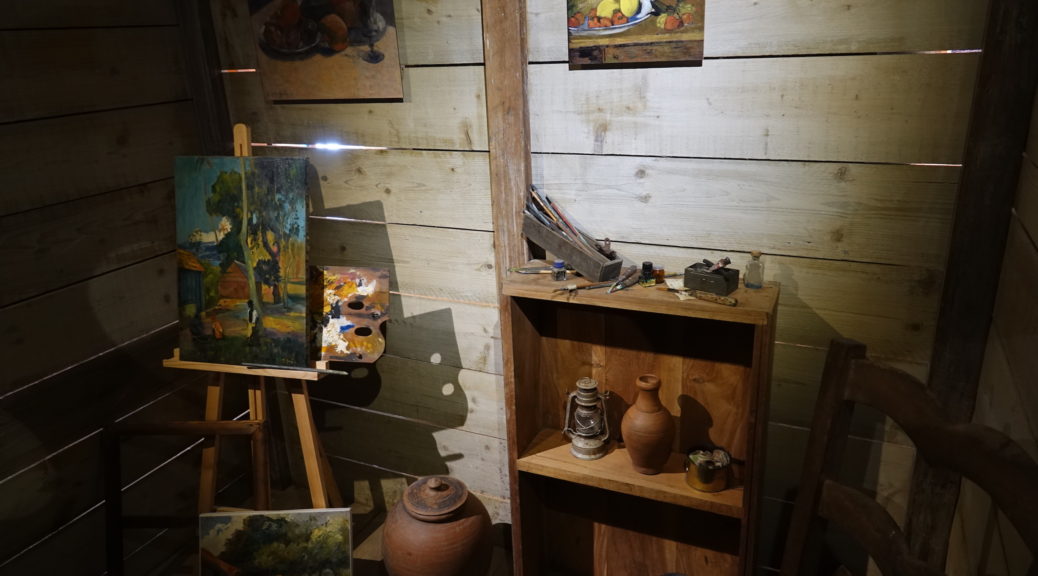How We Plan Our Trips
Our shared wanderlust has always been a cornerstone of our life together, a restless energy that Paula and I, Andrew, channel into meticulously planning our next adventure. For us, the joy of travel isn't just in the journey or the destination; it’s deeply rooted in the months of anticipation, the late-night discussions, and the delightful rabbit holes we dive into while researching. In our cozy living room, surrounded by maps, guidebooks, and the soft glow of laptop screens, we transform dreams into tangible itineraries. And as the landscape of travel planning evolves, so do our tools. These days, one of our indispensable companions in this exhilarating process is the Mistral AI chatbot, offering quick insights and sparking unexpected ideas.
Our planning rituals often begin with a nebulous thought: where next?...









